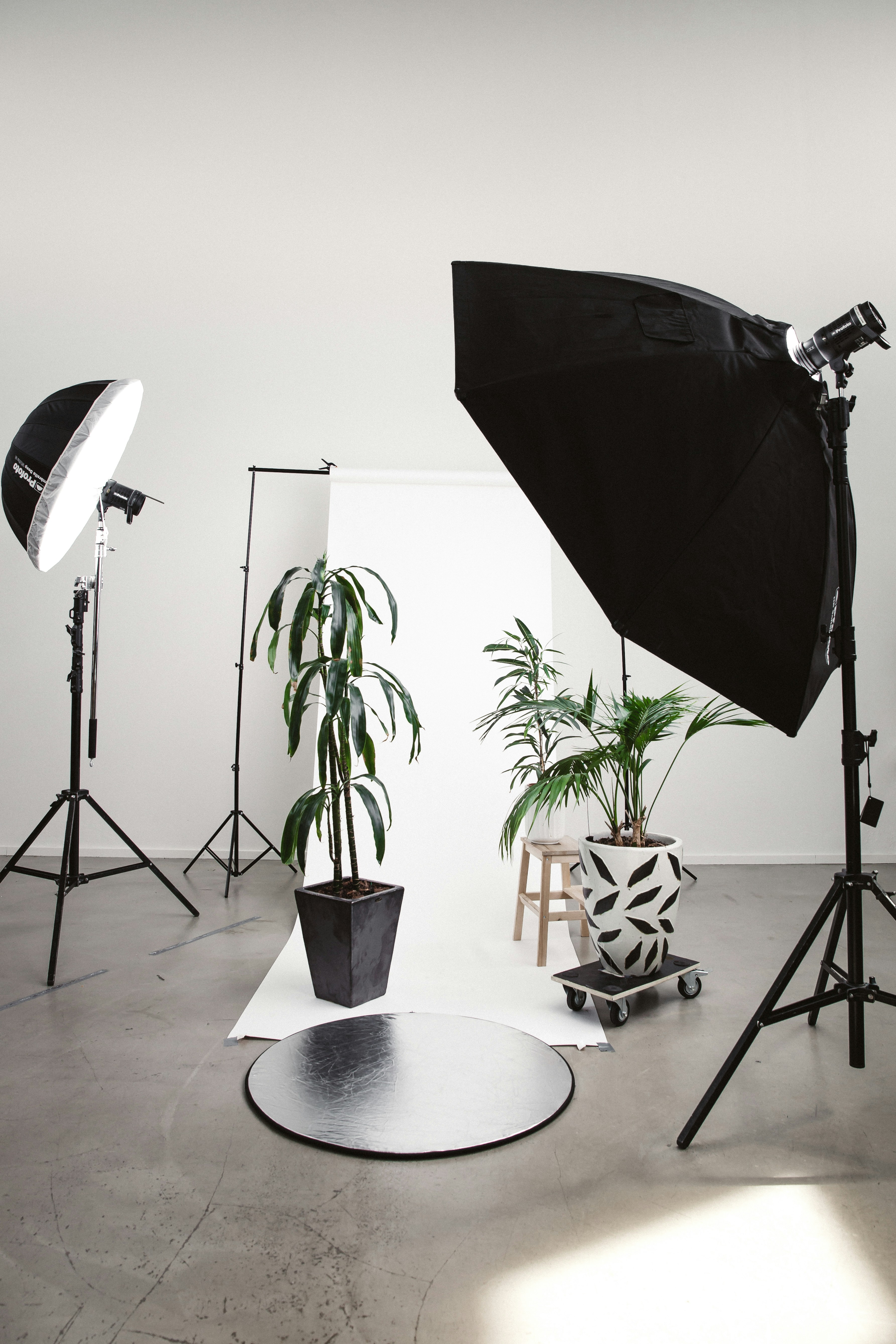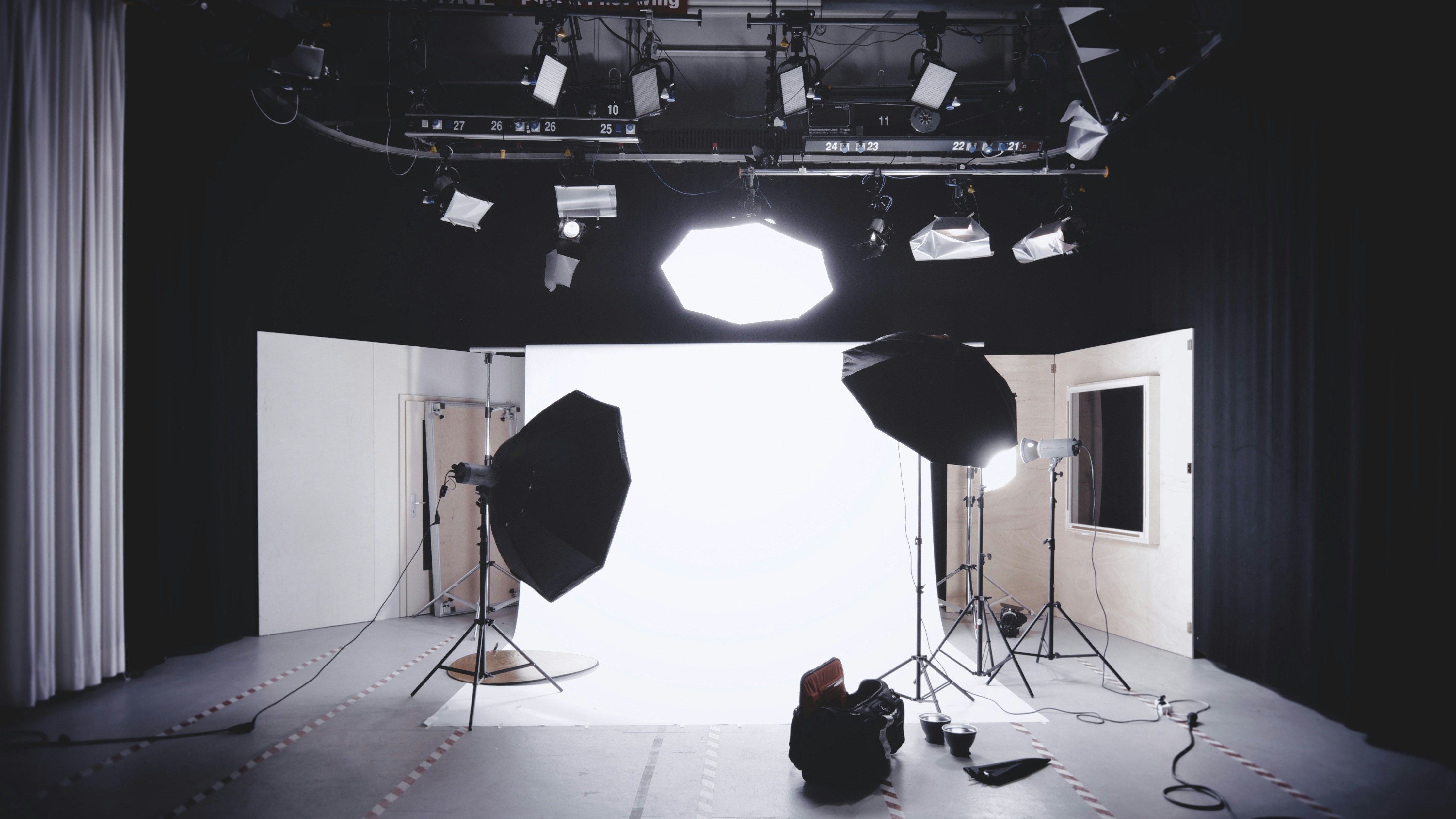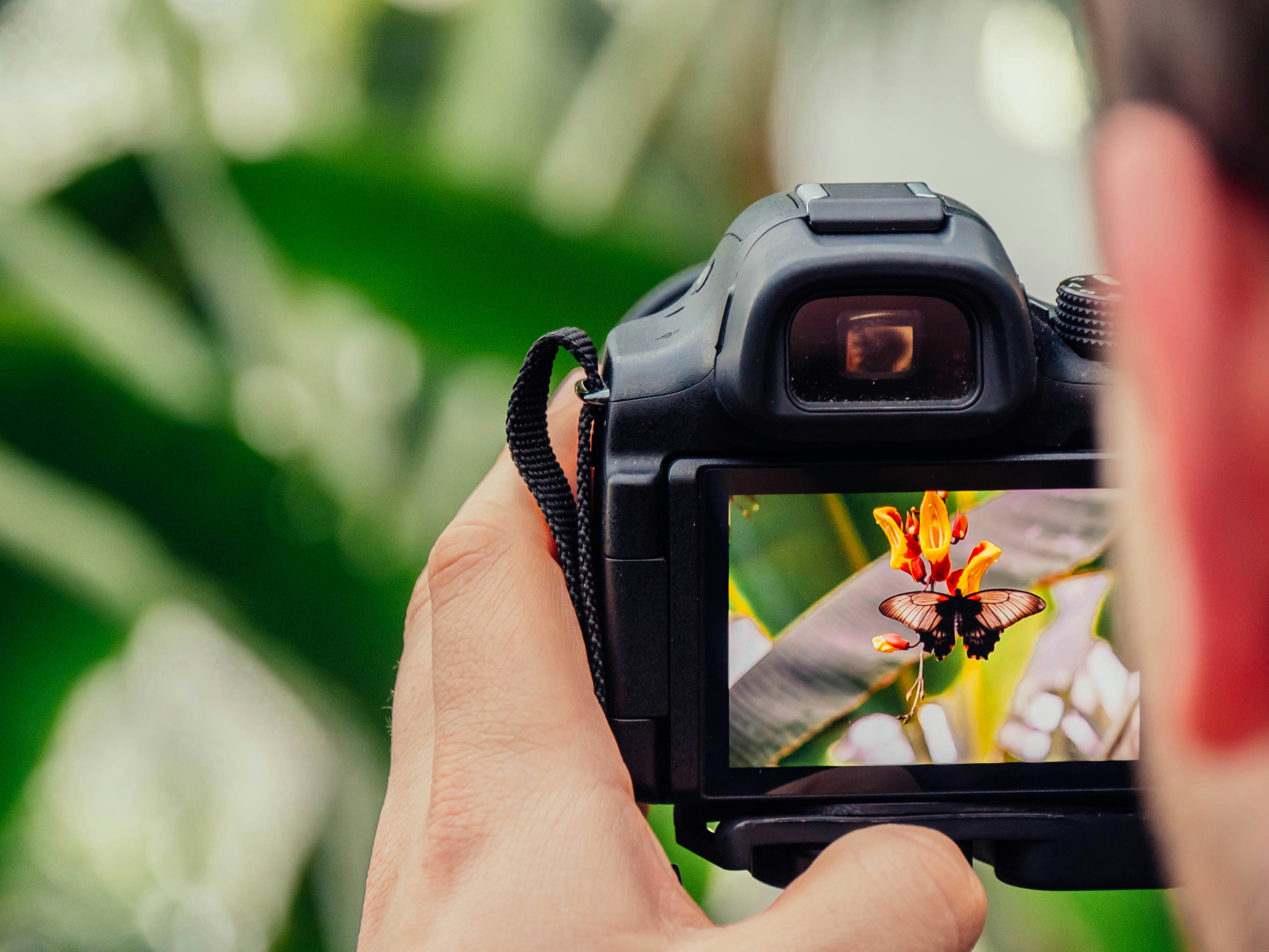
Jumpstart your infrared photography with these tutorials
2025-04-25



Jumpstart your infrared photography with these tutorials
Infrared photography is a unique and captivating genre that allows photographers to capture stunning, otherworldly images. By using a camera that has been modified to capture infrared light, photographers can create images that show landscapes in a whole new light. If you're interested in diving into the world of infrared photography, these tutorials will help you get started and improve your skills.
Introduction to Infrared Photography
Infrared photography involves capturing light that is beyond the visible spectrum, resulting in images with a surreal, dream-like quality. Infrared light is invisible to the human eye, but with the right equipment and techniques, photographers can create images that showcase this hidden world.
To get started with infrared photography, you'll need a camera that has been modified to capture infrared light. There are several companies that offer infrared conversion services for cameras, or you can purchase a dedicated infrared camera. Additionally, you'll need a lens that is suitable for infrared photography, as well as a tripod to ensure sharp images.
Practical Tips for Infrared Photography
1. Choose the Right Time of Day
Infrared light behaves differently than visible light, so it's important to choose the right time of day for your infrared photography. Midday sunlight can create harsh shadows and high contrast images, while early morning or late afternoon light can result in softer, more diffused light that is ideal for infrared photography.
2. Experiment with White Balance
Infrared images can have a red or pink color cast, so it's important to experiment with the white balance settings on your camera to achieve the desired look. You can also adjust the white balance in post-processing to fine-tune the colors in your infrared images.
3. Use a Wide Aperture
Infrared light has a longer wavelength than visible light, so using a wide aperture can help you capture more detail in your infrared images. A wide aperture also allows you to create a shallow depth of field, which can be used to isolate subjects and create a dreamy, ethereal look.
4. Look for Contrast
Infrared light can create striking contrast in your images, so look for scenes that have a mix of light and dark tones. Trees, grass, and foliage can appear white or light pink in infrared images, while skies and water can appear dark and dramatic.
5. Experiment with Post-Processing
Post-processing is an important part of the infrared photography process, as it allows you to fine-tune the colors and tones in your images. Experiment with different editing techniques, such as adjusting the levels, curves, and color balance, to create the perfect look for your infrared images.

Conclusion
Infrared photography is a fascinating genre that allows photographers to create unique and captivating images. By following these tutorials and practical tips, you can jumpstart your infrared photography journey and start capturing stunning infrared images. Experiment with different techniques, lighting conditions, and post-processing methods to find your own style and create images that stand out from the crowd. Remember to have fun and embrace the surreal beauty of the infrared world. Happy shooting!
Keywords: Infrared Photography, Infrared Light, Infrared Camera, White Balance, Post-Processing, Contrast
External Links: Infrared Photography Tutorial